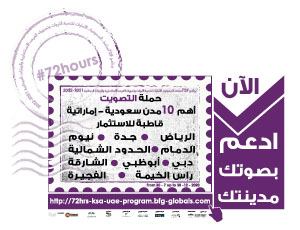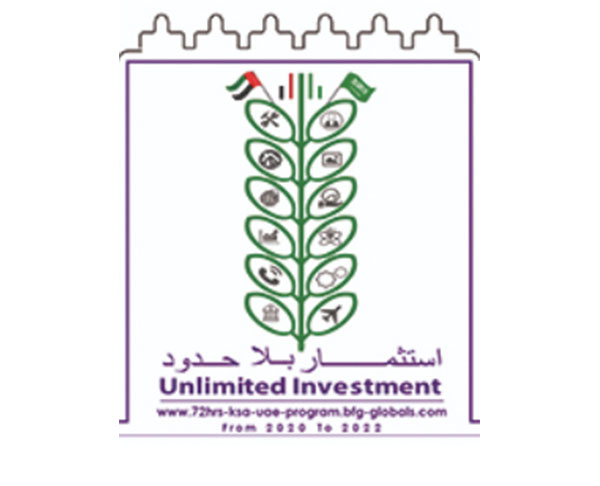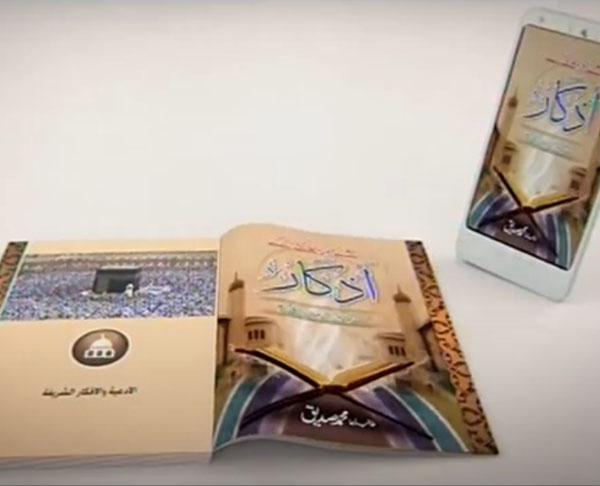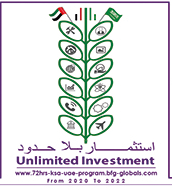Sharjah Art Foundation (SAF) presented the solo exhibition ‘Zarina Bhimji: Black Pocket' (October 2, 2020 – April 10, 2020). Many that were unable to see it will be able to relive the experience through this component.
Bhimji's work has been an orchestrated investigation into picture, entity, sound, and language for over 30 years, looking for the universal in both literal and abstract conceptions. ‘Black Pocket,' curated by Hoor Al Qasimi, Director of Sharjah Art Foundation, was the most comprehensive exhibition of the artist's project to date, showcasing a selection of the landmark works in film, photography, and installation. This was the artist's first solo show in the country.
Bhimji's early exploration of modes of information was ignored by existing systems of order, and her later discovery of architecture and landscape as gatekeepers of complex experience and sentiment were both explored in the exhibition. Bhimji sympathetically inhabits places through her practice, which she embarks on after extensive study and recce trips spanning weeks at a time. Every venue becomes an open-air studio, free of political or historic context. The exhibition, which spanned three galleries in the Foundation's Aga Khan Award-nominated Al Mureijah Art Spaces, was inspired by the complex historical and geographic links of Sharjah's societies, and also the renovated and reconfigured heritage buildings in which it was housed.
“Zarina Bhimji's work inspires audiences to imagine beyond conventional historical narratives by fusing autobiography, history, and collective memory. She produces a reflection on place and belonging by combining her personal story with historical records and post-colonial testimony. Black Pocket is a great chance for viewers to witness the artist's rich practice as the first big survey devoted to her work in the region.” Al Qasimi said.
Bhimji's work spatialises behaviors, expressions, and motions, whether in interactive single-screen films or installations. Her work challenges our dependence on written storytelling, instead of using light, shadow, color, and texture to remember the importance of instinct and cultural inheritance, allowing emotion to function on its own. Her compositions of image and object worked together to make a cacophony of sound and action, that form and transform our overview of the present moment with urgency, whether in slow pans across lush forested landscapes, lingering shots of abandoned architecture, or stamps and seals on government papers.
Lead White (2018), a big SAF commission that is part of the Foundation's collection, was also on show. The work's title alludes to the only pigment used to render white paint before the nineteenth century, evoking painterly concerns. The work is an arrangement of photos and textiles that investigate the wide stretches of power. It has taken ten years to complete and is a reflection of power, legality, and beauty. It uses color and light to convey the colonial enterprise, going beyond the conventional use of white as an accent to give formulations a sense of form and dimension.
The artist's research into the physical representations of weakness leads to an exercise in tactility ‘touching' records with the camera, nudging a specific color with the eye, or grabbing materials in conversation. Letters, envelopes, seals, words, lines, stamps, embossing, and other official documents from around the globe are examined for impressions and photographs that provide insight into Britain and Europe as cultures that created them. Bhimji builds poetic stories by editing and repeating these data, as if composing a musical score, to examine what archives do, how they classify, and how they expose institutional agendas in Lead White.
The work often incorporates digital and physical crafts, including the artist's first use of embroidery, and brings attention to textures, traces, light, and darkness. Bhimji chose over a hundred digital images out of 5,000 to highlight how gestures and traces of hierarchical ideology compound and uncover themselves in papers, adjusting for scale, color, sound, and composition. Lead White is conceived as a visual score, a crescendo of image and motion built through the amplification of forceful words and languages.
Finally, Bhimji's work deals with issues of hierarchical power and dependence, universality and intimacy, across the diverse forms of media of photography, video, and installation. Bhimji was nominated for the Turner Prize for Photographs of Uganda in 2007. Their central theme was the removal of Asians from the world, and the resulting feelings of loss. “Bhimji's portraits depict human remains in landscape and architecture. Walls are a recurring motif that draws her in by capturing history as they become a record of those who created, lived inside, and later abandoned them.” according to the Tate gallery.
“Given the body's complete absence, the photos exude a human presence. Bhimji captures her locations with strict adherence to structured concerns to express basic human emotion and life – sorrow, longing, passion, and hope. As the physical rhythms of landscape and architecture become intangible, concrete locations become abstract feelings.”
Bhimji lives and works in London, having been born in Mbarara, Uganda, in 1963. Vantage Point Sharjah 8 and Homebound: A Journey in Photography was also on display, both of which featured a diverse selection of convincing multicultural image-making activities. Lindsay Seers and Keith Sargent: Nowhere Less Now3 (flying saucer) marked the relaunch of the famous Flying Saucer with a blog multimedia installation, while Tarek Atoui: Cycles in 11 challenges built ways of listening through creative approaches to sound.
























 ENG
ENG


























































تواصل معنا